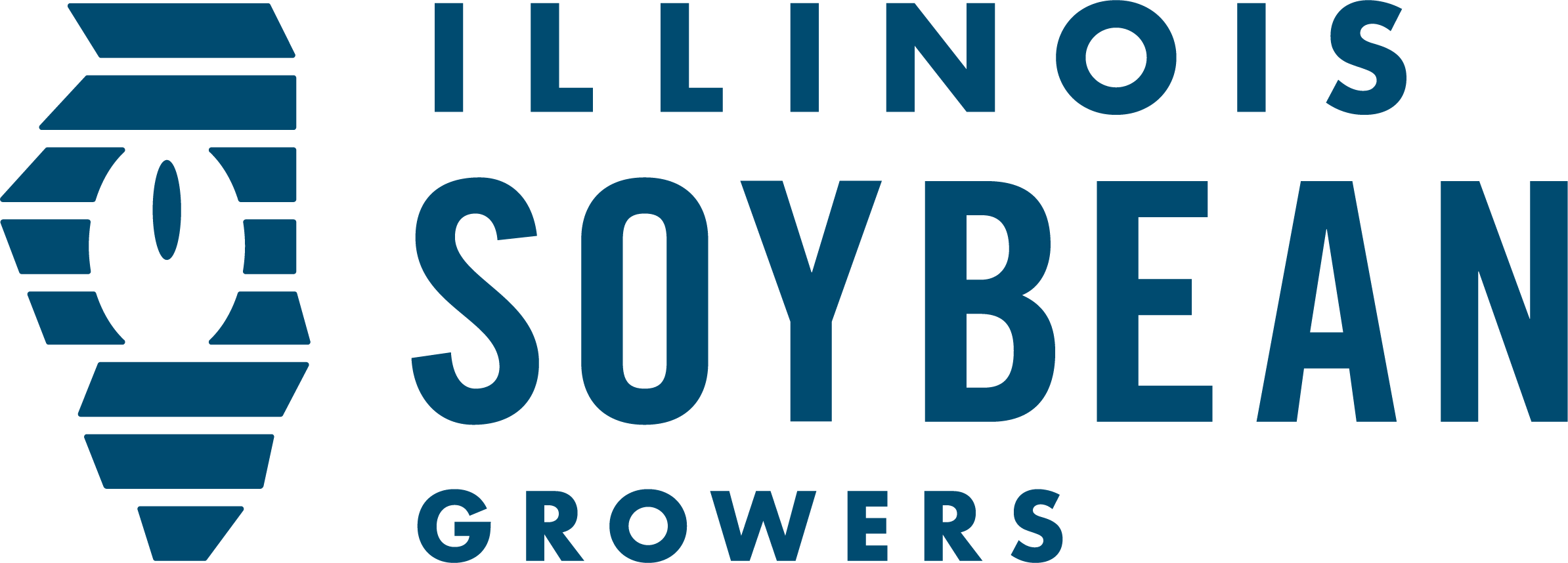
When it comes to environmental concerns and habitat diversity, a common saying on our farm here in Northeast Illinois is, “Farms don’t end at the field edge.” As farmers, we’re always faced with decisions that impact our family, productivity and our profitability. Starting about a decade ago we also were faced with asking the question, “Do farmers also impact our pollinators?”
I was new to this question, let alone the answer, but I began to hear it more often from concerned environmental groups. The loudest voices were those saying that modern agriculture and pollinators don’t coexist. The overlying question sparked my curiosity because I had always had an interest in honeybees, and I had previously considered becoming a beekeeper. Consequently, in 2019 I set out to see for myself if we could coexist, and I decided to start an apiary!
Top-end grain production is a primary driver on most farms, and ours is no different. However, because our region has sandy areas of glacial outwash, we also have numerous sandhills where production drops significantly. When these areas fall on the edges of fields, we will often enroll those acres in the Conservation Reserve Program (CRP). Pollinator Habitat or Prairie Strips are two options to choose from when enrolling in CRP, which fit beautifully with my plans to raise honeybees.
The learning curve is steep to get started but after five years of raising honeybees, I can make several statements with certainty. First, I had NO idea how much hard work went into raising honeybees for honey production. Secondly, my bees have coexisted with my farming practices, but I do make concessions. If certain chemical applications are taking place, and weather is not favorable to prevent drift, I will block the entrance to the hive until after applications are complete. My hives are registered with BEEWATCH, so other chemical applicators can view this online to see whether there are hives in the area before they spray. My best results to raise awareness are to ask neighbors to call me when I have hives in an area.
My overall awareness of ALL pollinators has improved dramatically because of my efforts with the honeybees. I have a heightened sense of all small flying insects when I’m near flowers and I’ve made changes to many of my edge-of-field practices to provide more pollen and nectar sources. The farm saying, “Farms don’t end at the field edge,” means more today than it ever has. The importance of removing noxious weeds and unwelcome trees remains but encouraging plant diversity beyond just grass has increased.
Producing honey now gives me a great opportunity to share some with friends and neighbors and tell a more detailed story of agriculture with them. I have yet to have anyone refuse a quart of local honey. By sharing honey, I hope others, in turn, improve their own awareness of local pollinators and what they can do to help. Last year, we collected around 6 gallons per hive, which is good, but not great. My wife has become an incredible cook with honey and has replaced most of our granulated sugar with homegrown honey. Our biggest problem remains overwintering, and I’ll be joining a local beekeepers group this year to learn more from seasoned beekeepers.
I’m proud to say that farms and pollinators can coexist, but we’re best when we consider what our daily decisions mean for habitat beyond the edge of the field.
